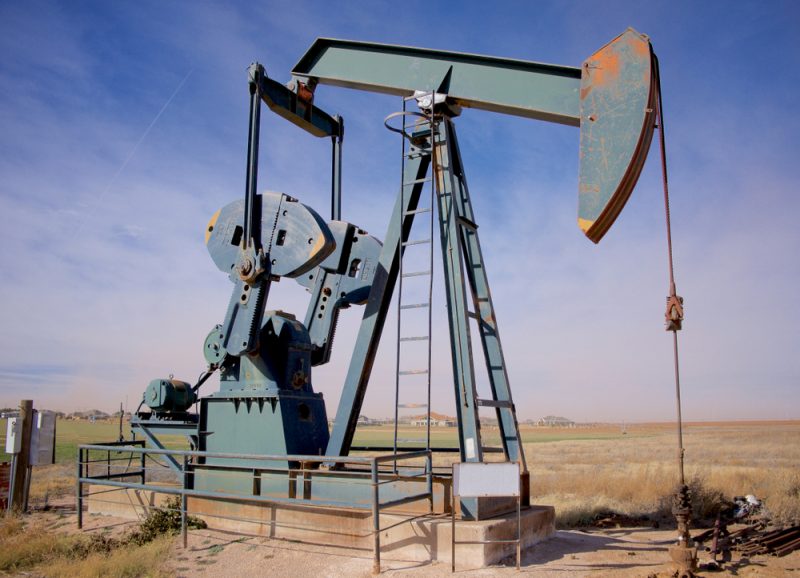Permian region essential to oil production growth

A report released this month shows that the Permian region in western Texas and eastern New Mexico is expected to account for over half of the nation’s crude oil production growth through 2019.
The Energy Information Administration’s (EIA) August Short-Term Energy Outlook (STEO) predicts American crude oil production will average 10.7 million barrels per day in 2018 and 11.7 million in 2019.
If the forecasts come to fruition, officials said, both levels would surpass the previous record of 9.6 million barrels per day set in 1970, with the Permian basin playing an essential role.
The outlook envisions production in the Permian basin to average 3.3 million barrels per day in 2018 and 3.9 million barrels per day in 2019.
Although favorable geology combined with technological and operational improvements have contributed to the Permian basin becoming one of the more economically favorable regions for crude oil production in the United States, recent pipeline capacity constraints have dampened wellhead prices for the region’s oil producers, according to the report.
Federal Offshore Gulf of Mexico (GOM) production is projected to grow by 158,000 barrels per day in 2019 to average 1.9 million barrels per day, the Outlook referenced, making the region the second-largest contributor to STEO’s forecast growth from 2018 to 2019.
The Bakken region is expected to hit record-high production in 2018, averaging 1.3 million barrels per day and growing to 1.4 barrels per day in 2019.
